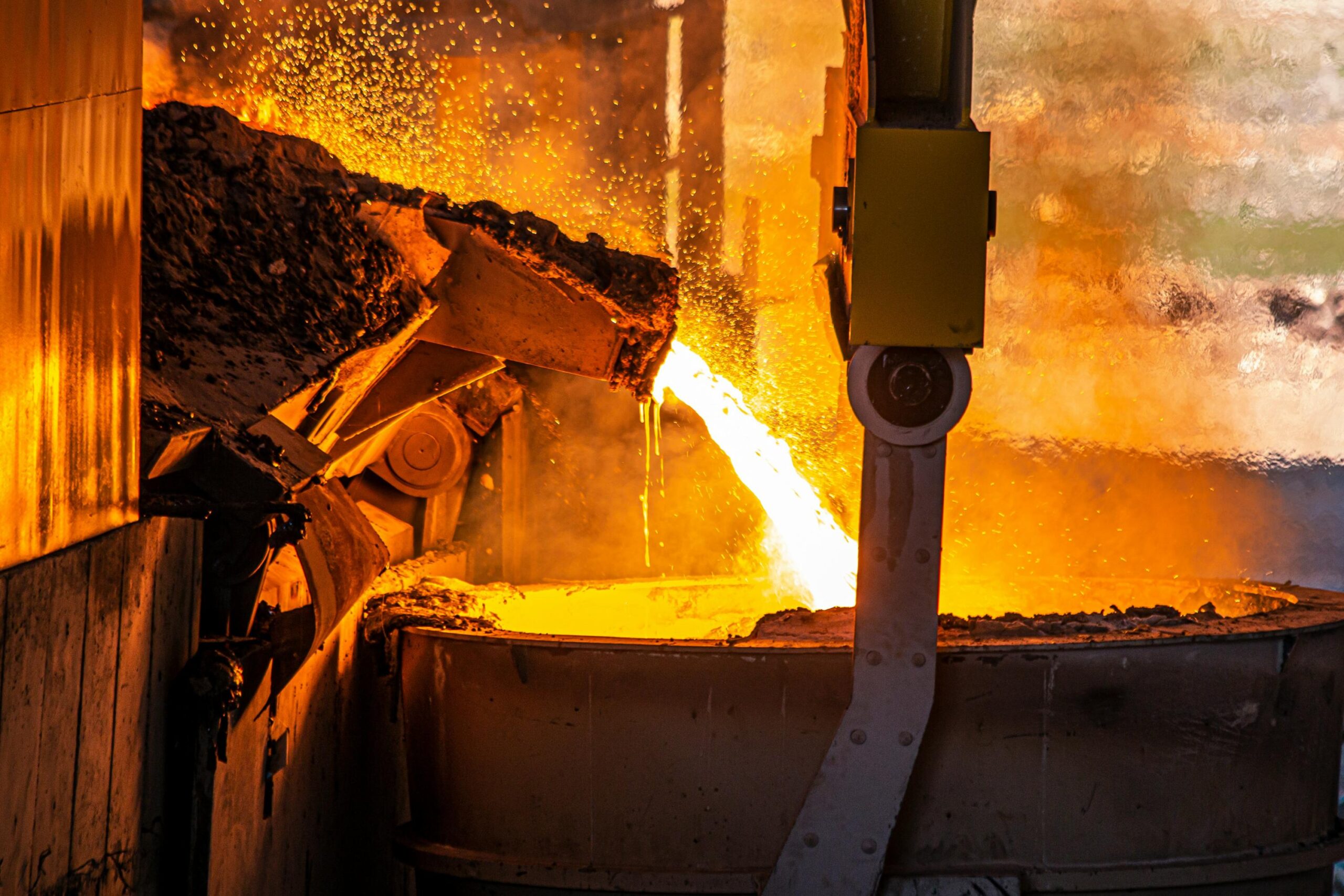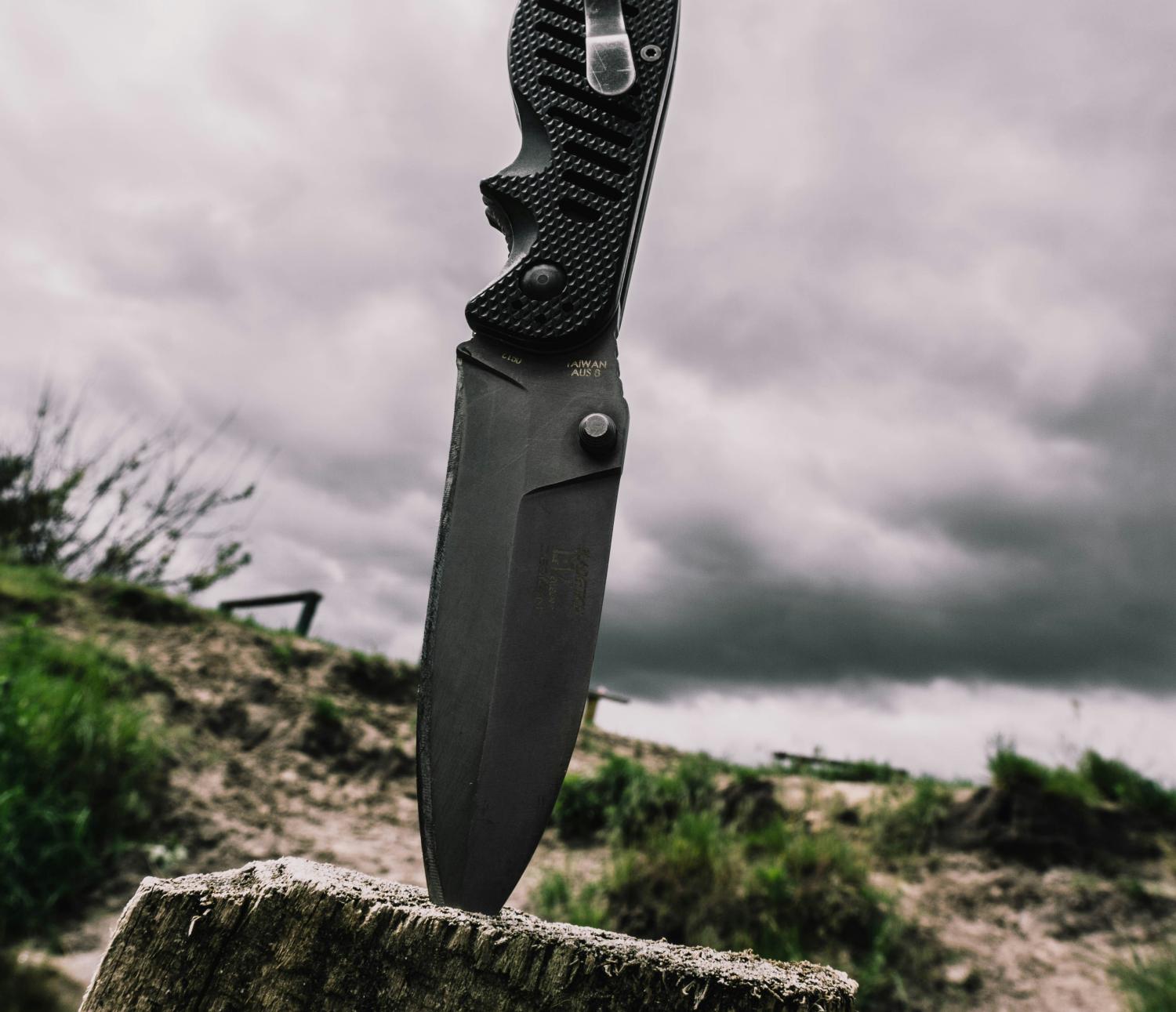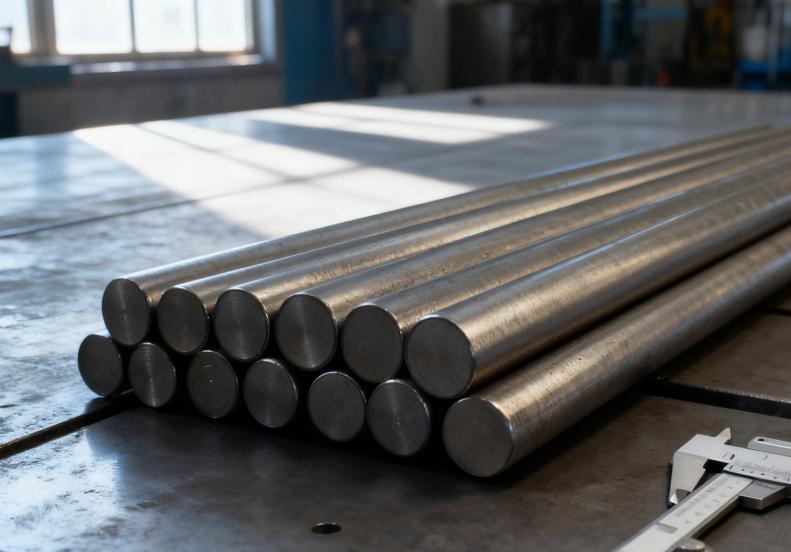High speed steel (HSS) is one of the most widely used tool materials in modern manufacturing, prized for its hardness, durability, and ability to maintain cutting performance at high temperatures. From industrial machining tools to niche high-performance knives, HSS has carved a legacy of durability and precision, understanding what high speed steel is—and how it compares to other steels—can help you make the right choice.
What Is High Speed Steel (HSS)?
High speed steel (HSS) is a family of alloy steels engineered to retain exceptional hardness and sharpness even at elevated temperatures—up to 550°C (1,022°F). This defining trait, known as red hardness (when a metal glows a dull red from the heat), sets HSS apart from conventional carbon or stainless steels, which soften rapidly under heat.
First developed in the late 1890s by metallurgists Frederick Winslow Taylor and Maunsel White, HSS revolutionized manufacturing by enabling faster cutting speeds in metalworking. Prior to its invention, carbon steel tools required frequent cooling and replacement, limiting productivity. HSS eliminated this barrier, earning its name for “speeding up” industrial processes—and over a century later, it remains a cornerstone of machining, toolmaking, and specialized knife crafting.
Today, HSS is classified into two primary families:
- Tungsten-based (T-series): e.g., T1 (18-4-1: 18% tungsten, 4% chromium, 1% vanadium), prized for classic red hardness.
- Molybdenum-based (M-series): e.g., M2 (6-5-4-2: 6% molybdenum, 5% tungsten, 4% chromium, 2% vanadium), more cost-effective and widely used in modern tools.
Buy Wholesale Knives and Start Scaling up with Us Today
Contact us and connect with a sales rep to get a free quote.
Composition of High Speed Steel

Below is a simplified overview of the typical alloying elements found in most HSS grades and their functions:
| Element | Typical Range (%) | Function / Contribution |
|---|---|---|
| Carbon (C) | 0.7–1.5 | Increases hardness and wear resistance |
| Chromium (Cr) | 3–5 | Adds toughness and corrosion resistance |
| Tungsten (W) | 5–18 | Improves hot hardness and wear resistance |
| Molybdenum (Mo) | 3–10 | Enhances strength and hardenability |
| Vanadium (V) | 1–5 | Boosts wear resistance via hard carbides |
| Cobalt (Co) | 0–10 | Greatly improves red hardness |
These elements work together to create a steel capable of maintaining sharpness even under high heat and load.
Key Properties of High Speed Steel
| Property | Description |
|---|---|
| Hardness | Typically 60–70 HRC after heat treatment |
| Red Hardness | Retains hardness up to ~600°C during cutting |
| Wear Resistance | Excellent, due to strong carbide formation |
| Toughness | High impact resistance compared to carbide |
| Heat Resistance | Performs well in high-friction/high-temperature environments |
| Sharpening Difficulty | Harder to sharpen than carbon or stainless steels |
| Machinability / Grindability | Acceptable with proper abrasives |
These properties make HSS ideal for tools that undergo high loads, heat, and continuous wear.
Buy Wholesale Knives and Start Scaling up with Us Today
Contact us and connect with a sales rep to get a free quote.
Is High Speed Steel Good for a Knife?

HSS is not a one-size-fits-all knife material, but it excels in specialized, heavy-duty applications. Here’s how it performs across use cases:
Pros
- Excellent edge retention
- Outstanding wear resistance
- Performs well in high-heat cutting
- Extremely durable under heavy load
Cons
- Harder to sharpen
- Can be brittle in thin blades
- Limited corrosion resistance
- More expensive
Ideal Knife Applications for HSS
- Industrial Cutting Knives: HSS is ubiquitous in manufacturing—used for slitting metal sheets, cutting plastic extrusions, and trimming composites. Its red hardness prevents softening during continuous use.
- Survival & Tactical Knives: Rugged survival knives designed for chopping hardwood, prying, or cutting through thick materials benefit from HSS’s toughness and edge retention. Brands like Benchmade and Buck occasionally use HSS grades for specialized outdoor tools.
- Woodworking Knives: Planer blades, chisels, and carving tools rely on HSS to maintain sharpness while cutting dense woods like oak or maple.
Not Recommended for These Knives
- Kitchen Knives: HSS’s poor rust resistance makes it unsuitable for wet kitchen environments. Stainless steel (e.g., VG-10, 440C) or carbon steel (for enthusiasts) are better choices.
- Everyday Carry (EDC) Knives: EDC users prioritize lightweight design and low maintenance—areas where HSS (heavy, rust-prone) falls short. Modern super steels like S35VN or M390 are superior here.
- Marine or Coastal Use: Saltwater and humidity accelerate HSS rust, making it a poor fit for boating or fishing knives (stainless steel or titanium is better).
Buy Wholesale Knives and Start Scaling up with Us Today
Contact us and connect with a sales rep to get a free quote.
High Speed Steel vs. Other Steels
To understand HSS’s place in the market, let’s compare it to common knife and tool steels:
| Property | High Speed Steel (HSS, e.g., M2) | Stainless Steel (e.g., 440C) | Carbon Steel (e.g., 1095) | Super Steel (e.g., M390) |
|---|---|---|---|---|
| Hardness (HRC) | 62–66 | 58–62 | 58–60 | 60–64 |
| Red Hardness | Exceptional (up to 550°C) | Moderate (up to 300°C) | Poor (up to 200°C) | Moderate (up to 350°C) |
| Corrosion Resistance | ★☆☆☆☆ | ★★★★☆ | ★☆☆☆☆ | ★★★★★ |
| Edge Retention | ★★★★☆ | ★★★☆☆ | ★★★☆☆ | ★★★★★ |
| Toughness | ★★★★☆ | ★★★☆☆ | ★★★★☆ | ★★★★☆ |
| Sharpening Ease | ★★☆☆☆ | ★★★★☆ | ★★★★★ | ★★☆☆☆ |
| Cost | ★★★★☆ | ★★★☆☆ | ★★☆☆☆ | ★★★★★ |
| Best For | Industrial tools, survival knives | Kitchen knives, EDC | Traditional knives, axes | Premium EDC, tactical knives |
Buy Wholesale Knives and Start Scaling up with Us Today
Contact us and connect with a sales rep to get a free quote.
Frequently Asked Questions
Can HSS be used for kitchen knives?
While technically possible, HSS is not recommended for kitchen use. Its poor rust resistance makes it vulnerable to moisture from washing, and it requires frequent oiling to prevent corrosion. Stick to stainless steel or carbon steel for kitchen blades.
How do I maintain a high speed steel knife?
- Wipe the blade dry immediately after use to remove moisture.
- Apply a thin layer of mineral oil, gun oil, or food-safe oil (for kitchen-adjacent tools) to prevent rust.
- Store in a dry environment (avoid leather sheaths, which retain moisture).
- Sharpen with a diamond sharpening stone or cubic boron nitride (CBN) wheel—these abrasives can handle HSS’s hard carbides.
What are the most common HSS grades for knives?
- M2: The most widely used HSS grade, offering a balance of hardness, toughness, and wear resistance.
- M42: A cobalt-enhanced grade with exceptional red hardness—ideal for extreme heat applications.
- ASP-23: Powder metallurgy HSS, popular in premium knives for its improved grindability and edge retention.
Final Thoughts
High speed steel remains a dependable choice for demanding cutting applications thanks to its hardness, heat resistance, and long-lasting edge performance. For buyers evaluating tool materials, HSS offers a strong balance of durability and value, making it suitable for a wide range of industrial and professional-grade products.
If you’re sourcing knives or cutting tools from China—and need wholesale, OEM, or private-label manufacturing—Leeknives can help. We work with European and American wholesalers, retailers, and brand owners, providing reliable production, consistent quality, and flexible customization.




